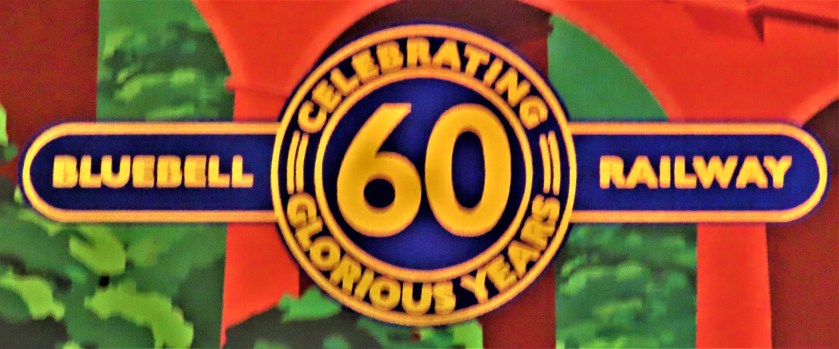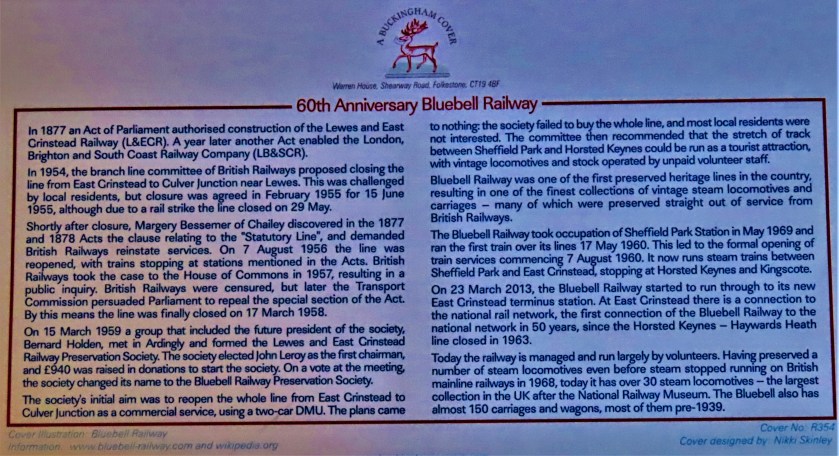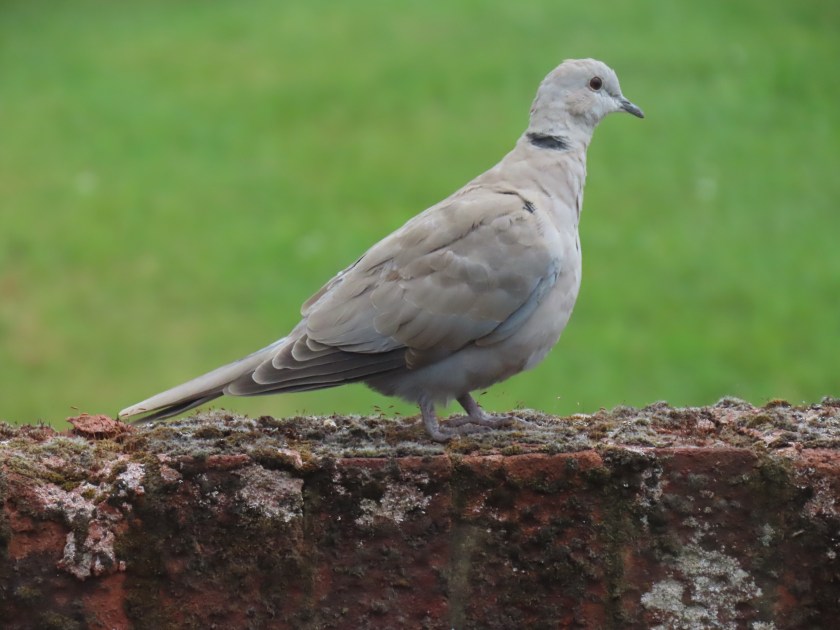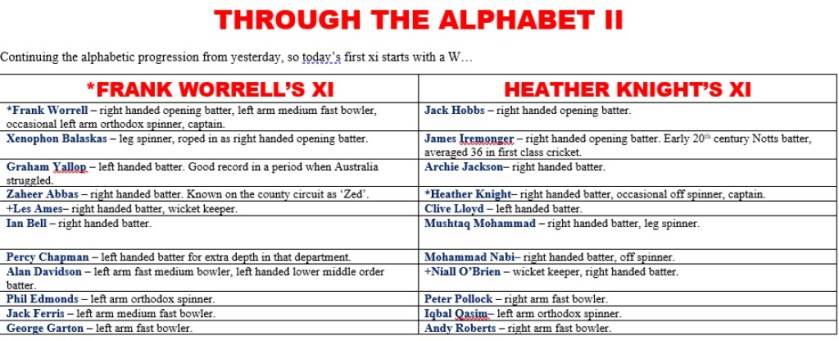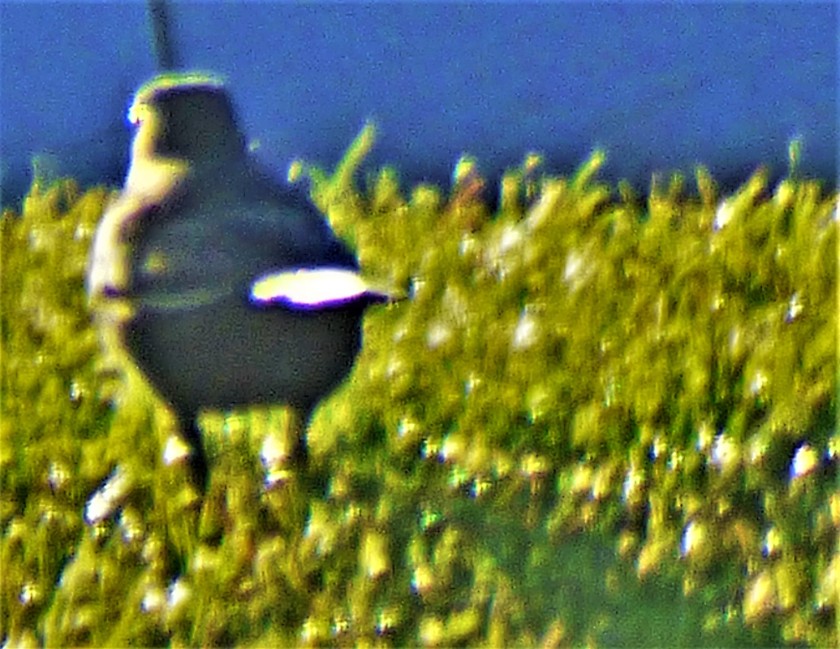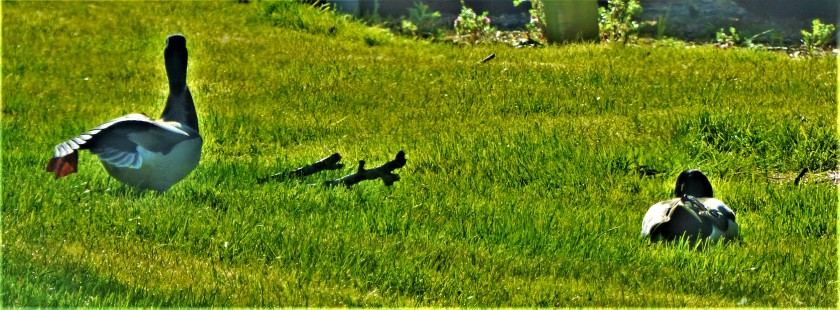INTRODUCTION
Welcome to today’s all time XIs cricket post, the eleventh alphabetic progression post i this series. When we get to the main body of this post today’s first XI will start at M as our last such ended at L, but there are a couple of things to attend to first…
CORRECTION
In yesterday’s ‘Alec v Charles‘ post I described Alex Lees as a right handed batter. As a twitter correspondent swiftly pointed out he actually bats left handed. I apologize for the error. I would also like to thank the ‘Womens County Cricket Day‘ twitter account for sharing my post and commenting approvingly on the selection of Alex Hartley, the left arm spinner, in the Alec XI.
UPDATE FROM THE AGEAS BOWL
Team Buttler reached 287-5 by the close of yesterday, with Bracey making 85 and Lawrence 58. They declared on that overnight score, as was virtually mandatory in a game of this nature. Today’s play has been slow so far, initially because Stuart Broad and Chris Woakes bowled very few balls in the appropriate area, both being habitually wide, and both operating at a decidedly sluggish pace. Between them in 11 overs they managed one genuinely threatening delivery, a ball on which Broad appealed vociferously and at length for LBW, but to no avail. Archer and Wood livened things up, being both quicker and more accurate than their predecessors at the bowling crease, and Archer accounted for Sibley courtesy of a close catch. Oliver Edward Robinson (full name, because there is a young wicket keeper named Oliver Graham Robinson who is on the fringes of the England set up) bowled accurately but unthreateningly, and unless he can find at least an extra yard of pace from somewhere it is hard to see him worrying international class batters. Dom Bess ended Jennings’ purely defensive innings of 23 with a good delivery just before lunch. Zak Crawley, almost sure to bat at three in the test match, is just starting to play nicely, and at present he has Jonny Bairstow, who needs to play a major innings to press his case, for company. For the record, my team based on previous thoughts and the day and bit of action at the Ageas bowl would be: Sibley, Burns, Crawley, Lawrence (remember Root is absent), *Stokes, Pope, +Foakes, Curran, Bess, Wood, Archer – Anderson was less unimpressive yesterday than Broad has been today, but at the moment neither appear to be at full throttle, so I am going for both the ultra quick bowlers, who have been impressive, with Curran’s left arm medium fast as third seam option, Stokes to operate in short bursts as and when needed and Bess’ off spin.
VINOO MANKAD’S XI
- *Vinoo Mankad – right handed opening batter, left arm orthodox spinner, captain. He regularly opened for India, sharing an opening stand of 413 with Pankaj Roy on one occasion. In one match at Lord’s he scored 72 and 184, taking a five-for in the intervening England innings. It took him just 23 matches to reach the test career double of 1,000 runs and 100 wickets, a figure beaten only by Ian Botham – 21 matches. My views on slow bowling all rounders as captaincy candidates should be known to all by now.
- Mudassar Nazar – right handed opening batter, occasional right arm medium pace bowler. An adhesive opener who holds the record for the longest time spent batting in the course of a series (it was a six match series against India, and his job was to soak up lots of time, softening the bowling up for the stroke makers in Pakistan’s middle order). He also holds the record for the slowest ever test century, taking over eight hours to reach three figures on one occasion.
- Edgar Oldroyd – right handed batter. Over 15,000 first class runs at 35, and never called up for England. As Yorkshire’s regular no3 in the 1920s he spent a lot of time padded up ready to bat – Percy Holmes and Herbert Sutcliffe put on a total of 69 century opening stands for Yorkshire. His granddaughter Eleanor is a well known sports commentator, broadcaster and presenter.
- Kevin Pietersen – right handed batter. After the top batters have softened the bowling up we need some stroke makers to cash in, and few fit that bill better than Kevin Pietersen. A number of his best test innings were played after Strauss, Cook and Trott had given the England innings a solid start.
- Quinton De Kock – left handed batter, wicket keeper. Another attacking middle order batter to back up Pietersen. I have selected him as a Q based on his first name because Q is a difficult letter to fill, and at least by allowing myself this latitude I also solve the wicket keeping problem.
- Ernie Robson – right handed batter, right arm medium fast bowler. An all rounder who scored over 10,000 first class runs and took over 1,000 first class wickets. At the age of 53 he won a match for Somerset by hitting a six in the final possible over. As a bowler his speciality was outswing, and Jack Hobbs rated him as difficult as any bowler he ever faced. Jimmy Anderson might like to note that he was still doing damage with his outswinger right to the end of his career, as mentioned at the age of 53.
- Franklyn Stephenson – right handed batter, right arm fast bowler. In 1988 he was the last cricketer to achieve the season double of 1,000 runs and 100 wickets. Anyone managing that in today’s 14 game first class season would achieve a feat comparable with George Hirst’s 1906 ‘double double’ of 2,000 runs and 200 wickets.
- Fred Titmus – off spinner, useful lower order batter. Among Middlesex bowlers only JT Hearne took more career first class wickets than Titmus, who made his debut in 1949, and became one of the few cricketers to play first class matches in five different decades when he answered an SOS in 1982.
- Derek Underwood – left arm slow medium bowler. 297 test wickets is proof of his efficacy as a bowler.
- Tayla Vlaeminck – right arm fast bowler. The 21 year old Aussie describes herself as a fast bowler, a detail that has not yet reached those who maintain player records at cricinfo. She and Issy Wong of England both have their sights set on bowling at over 80mph (two earlier Aussies, Sharon Tredrea and Cathryn Fitzpatrick may already have done so, but the recording equipment that would prove it was not around in their day, while South African Shabnim Ismail is also not far away). She was born in Bendigo, the very same town as one of Australia’s first bowling greats, Harry Boyle, Spofforth’s partner in destruction and capturer of the final wicket at The Oval in 1882 in the match that led to the creation of The Ashes.
- Courtney Walsh – right arm fast bowler. Whatever you may say about the positioning of some of the other members of this XI he is certainly in his correct slot in the batting order. He was the first bowler ever to take 500 test wickets, though his longevity was actually of doubtful benefit to the West Indies because it masked the extent of their decline from the heights they once occupied, which in combination with ostrich logic/ wishful thinking by the West Indian powers that be meant that when reality hit it did so with sledgehammer power.
This side has a good top five, two genuine all rounders and four quality bowlers. Walsh, Vlaeminck, Stephenson and Robson represent a fine pace/swing/seam quartet, with Underwood’s slow-medium craft and guile plus the spin of Titmus and Mankad providing further good options.
CLARE CONNOR’S XI
- Xavier Marshall – right handed opening batter. Double international, having played for his native West Indies and the USA. X is the most difficult letter of all to fill.
- Martin Young – right handed opening batter. Long serving Gloucestershire opener.
- Zaheer Abbas – right handed batter. The only Pakistani to score 100 first class 100 hundreds. He played for Gloucestershire for many years, and was known on the county circuit as ‘Zed’, which, in addition to the difficulties posed by that letter, is why I have used him as a Z for this purpose. He was one of the early masters of ODI batting, being the first ever to score centuries in three successive ODIs, and the first Pakistani to score as many as seven ODI centuries.
- Tommy Andrews – right handed batter. Averaged almost 40 in overall first class cricket, but was not a success in his test career. His record also looks a little better when you bear in mind that he made his first class debut in the 1912-3 Aussie season, and thus had his career disrupted just as he was looking to establish himself. He was also acknowledged as an outstanding fielder in the covers.
- Ian Bell – right handed batter. An excellent timer of a cricket ball. He looked out of his depth against the 2005 Australians (some thought England should have kept faith with the gritty left hander Graham Thorpe for that series, before bringing Bell through against less testing opposition), but thereafter his improvement was rapid. His career is not quite over – he has just signed a contract with Warwickshire to play until the end of the 2021 season.
- *Clare Connor – right handed batter, captain. She played for the first XI of Brighton College, the first female to do so (much to the disapproval of some of the more antediluvian types associated with cricket), blazing a trail followed subsequently by spinner Holly Colvin and keeper/ batter Sarah Taylor. She went on to be a hugely successful captain of England women. In spite of all this it is arguable that her most recent triumph is her greatest of all – for the first time in its 233 year history the MCC has a woman president, and yes, the woman in question is Clare Connor. She is also well known to those who listen to cricket on the radio as a commentator.
- +Haydn Davies – wicket keeper, right handed batter. He was Glamorgan’s keeper when they won their first county championship in 1948.
- Tom Emmett – left arm fast bowler, useful lower order batter. He took his first class wickets at 13.55 each, a similar average to his near contemporary Fred Morley and just a bit more than the 12.09 recorded by the slightly older William Mycroft (they were both also left arm quick bowlers). He played in the first three test matches, being part of James Lillywhite’s 1876-7 tour party and one of two professionals brought along by Lord Harris in 1878-9 to do the bowling (George Ulyett was the other), meaning that he toiled hard in those months but also that he avoided one of Britain’s most unpleasant winters – the last to be cold enough for the river Thames to freeze over.
- Kenneth Farnes – right arm fast bowler. The Essex amateur was one of the fastest bowlers of the second half of the 1930s. He died in a flying accident in World War II, so his career was very brief.
- Tom Goddard – off spinner. He started as a fast bowler, even taking a first class hat trick in that style, before Charlie Parker (left arm spinner, 3,278 first class wickets) noted his huge hands and suggested that he might go further as a spinner. Goddard spent three years reinventing himself as an off spinner, before returning to the fray. Since he would play on for another quarter of a century and finish with a tally of 2,979 first class wickets, including doing the hat trick a further five times, and it was only an attack of pleurisy that finally induced him to hang up his boots it can safely be said that Parker made the right call, and that Goddard did well to heed it.
- Jack Hill – leg spinner. He toured England with 1953 Australians, and though he never established himself at test level (a certain R Benaud providing a rather large obstacle in that direction) he had a respectable first class record.
This side has a respectable top six, a fine keeper and four varied bowlers. There is not much back up to the front four bowlers – Ian Bell would probably be next in line for a bowl with his medium pacers, but Emmett, Farnes, Goddard and Hill look a pretty useful foursome.
THE CONTEST
Clare Connor’s XI are probably stronger in batting, though Vinoo Mankad’s XI have good depth in that department. Vinoo Mankad’s XI have a greater range of bowling options, while Clare Connor’s XI would be heavily reliant on their front four bowlers. Clare Connor’s XI would also of course be boosted by her captaincy. I expect a good contest, but I think that Vinoo Mankad’s XI have a definite edge here.
PHOTOGRAPHS
The warm up game at the Ageas bowl has moved on while I have been typing this. Team Stokes are now 167-5, with Zak Crawley and the eponym, Stokes, having each scored forties. Bairstow made just 11, not nearly enough to earn selection at this stage. Archer, Wood, Woakes, Bess and leg spinner Parkinson each have a wicket. Bess has had plenty of bowling, which augurs well for him – just so long as the selectors don’t fudge things by picking Ali for the spinners slot on the grounds that ‘he can bat’. On that note, here is my usual sign off…

















